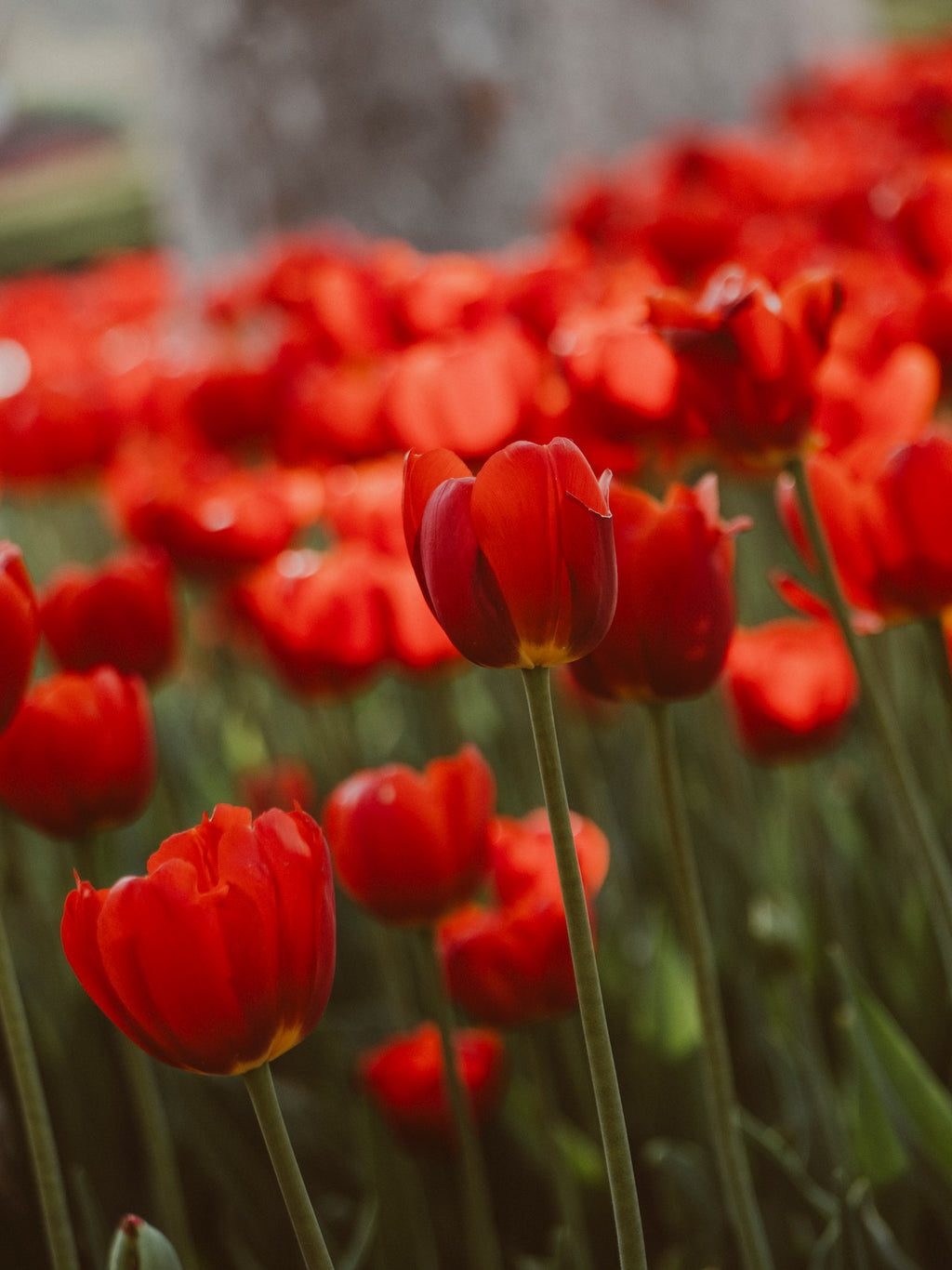Flowers have been an integral part of human culture for centuries, symbolizing beauty, love, and celebration. Many countries have embraced the art of growing and exporting cut flowers, becoming major contributors to the global floral market. Flowerbee explores some of the world's largest cut flower growers, highlighting their unique floral industries and popular flower varieties.
1. Netherlands:
Known as the "Flower Shop of the World," the Netherlands dominates the global cut flower industry. The country's temperate climate, advanced horticultural practices, and extensive infrastructure make it the largest exporter of cut flowers worldwide. Renowned for its flower auctions, especially Aalsmeer, the Netherlands cultivates a wide variety of flowers, including tulips, roses, irises, and daffodils.
2. Colombia:
Colombia has rapidly emerged as a major player in the cut flower market. Its favorable equatorial climate offers consistent growing conditions for year-round flower production. Colombian farms boast vast stretches of greenhouses, producing popular blooms such as roses, carnations, chrysanthemums, and orchids. The country's favorable trade agreements have contributed to its impressive export volumes.
3. Kenya:
Located near the equator, Kenya benefits from abundant sunshine and a favorable climate for year-round flower cultivation. Renowned for its large-scale flower farms around Lake Naivasha and the capital, Nairobi, Kenya is a significant exporter of roses, lilies, carnations, and summer flowers. The country's flower industry supports local employment and adheres to sustainability practices.
4. Ecuador:
Nestled in South America, Ecuador holds a prominent position in the global flower market. The country's diverse microclimates, including high-altitude regions such as Quito and Cuenca, provide optimal conditions for growing an array of flowers. Ecuador primarily produces roses, followed by sunflowers, carnations, and gypsophila. It also leads in eco-friendly practices, ensuring minimal environmental impact.
5. Ethiopia:
Ethiopia's proximity to the equator and high-altitude plateaus contribute to its favorable climate for year-round flower farming. The country has established itself as a key player, especially in the European market. Ethiopia primarily cultivates roses, providing them in various colors and sizes. The industry has significantly impacted locals by creating employment opportunities and positively transforming rural communities.
6. Thailand:
Thailand is renowned for its diverse range of tropical flowers, catering to both domestic and international markets. The country's tropical climate is ideal for cultivating orchids, bougainvillea, anthuriums, and heliconias. Thai orchids, in particular, have gained worldwide recognition for their quality and variety. The industry also promotes agritourism, allowing visitors to explore flower farms and gardens.
7. United States:
The United States is a significant grower and consumer of cut flowers. Florida, California, and Washington are renowned for their diverse agricultural practices. California's temperate climate allows for year-round flower production of roses, sunflowers, and hydrangeas, while Florida specializes in orchids, lilies, and tropical flowers. Washington state excels in producing tulips, irises, and daffodils.
Several countries play a crucial role in the global cut flower industry. Each has its own unique advantages and specialties, contributing to the availability of diverse flowers for consumers worldwide. Whether you appreciate the vibrant tulips of the Netherlands or the delicate roses of Colombia, exploring these countries' floral landscapes will undoubtedly inspire and enhance your admiration for nature's beauty.



